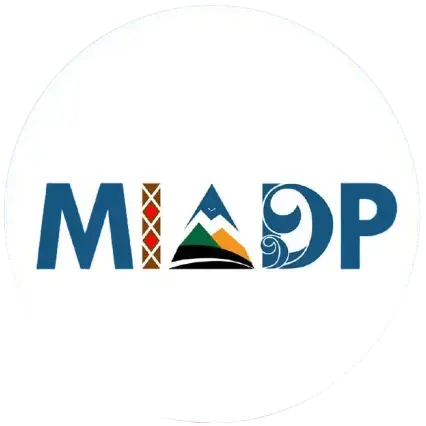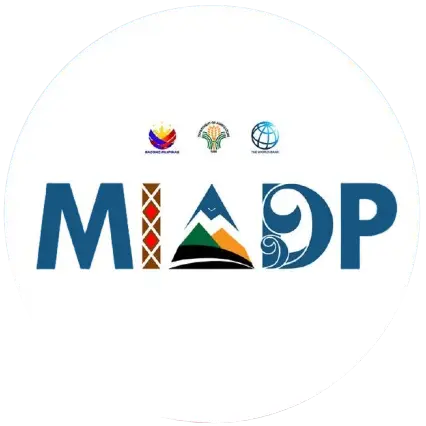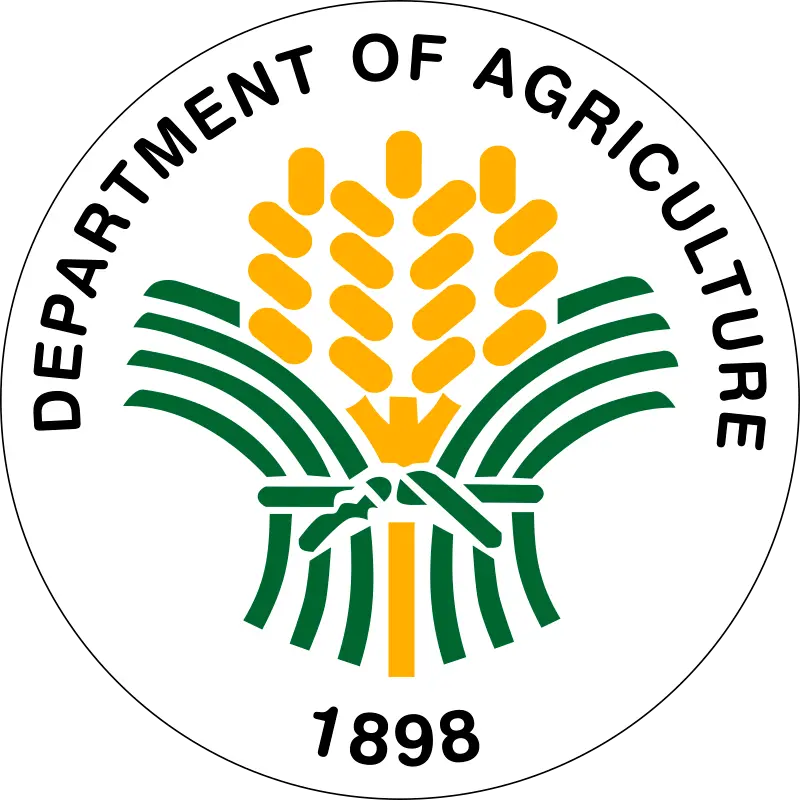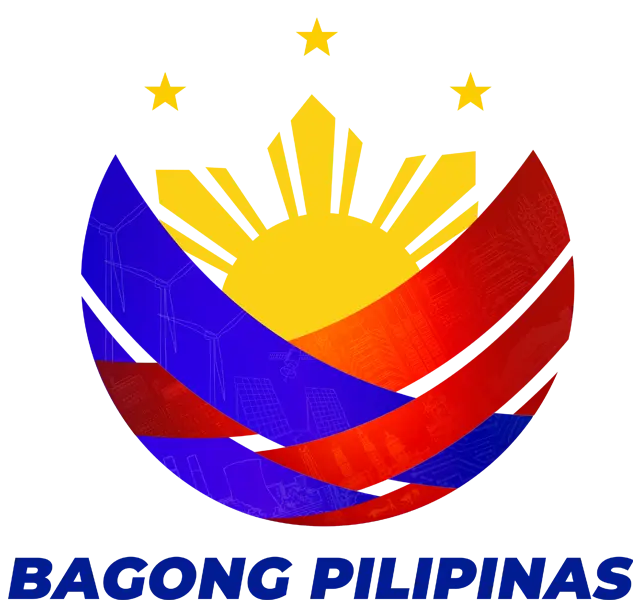SAMA BANGINGI or Samal Bangingi is a group of people from the larger Sama-Badjaos and dispersed throughout the Sulu-Mindanao region. They are maritime people who build houses along the shorelines and over the sea. They also get their primary needs through fishing (ethnicgroup.philippines.com).
Bangingis are engaged in both fishing for sustenance and agriculture for production. Approximately 80% of the male population is involved in fishing due to the quick returns it provides to fishermen as their ancestral domain and waters are crucial to the survival of their tribe and their members’ way of life (ADSDPP, 2024).
This IP community of Pilas Island in the remote Municipality of Hadji Muhtamad in the once-war-torn Province of Basilan of the Bangsamoro Autonomous Region in Muslim Mindanao (BARMM) is one of the project partners of the Mindanao Inclusive Agriculture Development Project (MIADP).
Hadji Muhtamad’s Local Project Management Implementation Unit (LPMIU) Legislative Staff Officer V, Neil V. Murad says that the whole municipality is happy with the MIADP coming in, “Ang tibuok munisipalidad labi na ang LGU malipay sa ing ana nga proyekto kay uhaw kaayo ang Hadji Muhtamad sa development. Karon pa lang mi nibuwelo ug kanang musuloray nga mga proyekto dako kaayo nang tabang para sa padayong pag improve sa among community. Maka trigger pud ni sa local economy.” (The whole municipality especially the LGU is happy with the Project since Hadji Muhtamad longs for development. The MIADP will help improve our community as it triggers also the local economy)
The role of the LGU, Murad explains, decentralizes the services as all projects from the national government are facilitated by us at the LGU level.
“Dumadaan sa local government para mag-facilitate at ma-implement. Mas kilala kase nila ang mga tao.” (All projects from the national agencies go through the LGU since they know their constituents better)
Situated several kilometers away from the provincial capital of Basilan, which is Isabela City, the trip from Pilas Island requires three hours to the town proper. Consequently, illegal fishing is rampant in the area which threatens the fishery sector. Further, the transportation costs are high, with fuel prices ranging from 80 to 90 pesos per liter. There is limited access to clean water and livestock feed. A lack of facilities and capital, good farming and processing technology, electricity coverage, and basic utilities affect agricultural productivity. The richness of marine
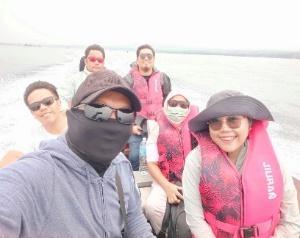
resources and agri-fishing activities, skilled fishermen, and the interest of their wives in opening a business enterprise are all factors to augment household income.
IPMR Elvin F. Gadja on the proposed enterprise project advises: “Sa tingin ko ang enterprise na mag eexist ay service-oriented siya. Mas mahal mong mabibili ang produkto ng mangingisda. In the long run, di na nila kailangan mangutang at makaahon sila at di na aasa sa paltera (established traders). Di na sila pagsamantalahan (ng traders) kase may sarili na silang pera.” (In my opinion, the enterprise that will exist will be service-oriented. Fish are bought at a higher price from fishermen, and in the long run, they do not anymore depend on established traders. Fishermen are less prone to borrowing since they already have the capital).
With technical and funding support to the Bangingis, the present and future generations are positive as the planned marketing and processing fish enterprise will be managed by its women’s group despite limitations on water supply and transportation costs.
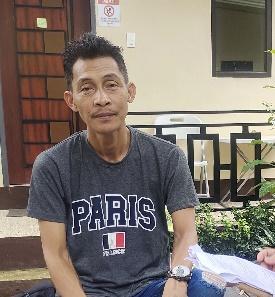
“Bilang IPMR masaya ako, buwan ata ang ginugol natin, sa wakas konti nalang, nasa finishing line na tayo. Proud ako sa sarili ko, sabay na rin ang IP community” (I am happy as the IPMR as it tooks months to finish this ADAIF. We are almost there at the finishing line. I am proud of myself with the whole IP Community), Gadja ends.
Pilas Island, Basilan AD formulated its Ancestral Domain Sustainability and Protection Plan (ADSDPP) in 2024. The said AD has a total land area of 2,673.27 ha covering Tausan, Lubukan, Luukbunnsod, and Panducan barangays with a population of 6,899.
MIADP is a six-year project of the Department of Agriculture (DA) that aims to sustainably increase agricultural productivity, resiliency, and access to markets and services of organized farmer and fisherfolk groups among the indigenous cultural communities/ indigenous peoples (ICCs/IPs) in selected Ancestral Domains (ADs) and for selected commodity value chains in Mindanao. It has four components Planning and Social Preparation, Agri-Fisheries Infrastructure, Agri-Fisheries Production and Enterprise Development, and Management and Support, Monitoring, and Evaluation (CKMS with inputs from Les Sakiron)
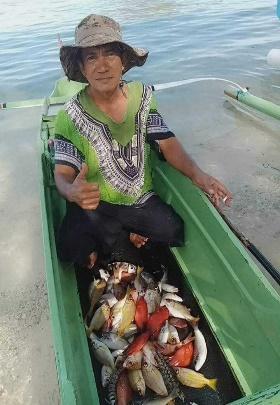
FRESH CATCH. Despite the challenges posed by its distance from the mainland of Basilan, this Sama Bangingi fisherman benefits from the abundance of marine products at Pilas Island.
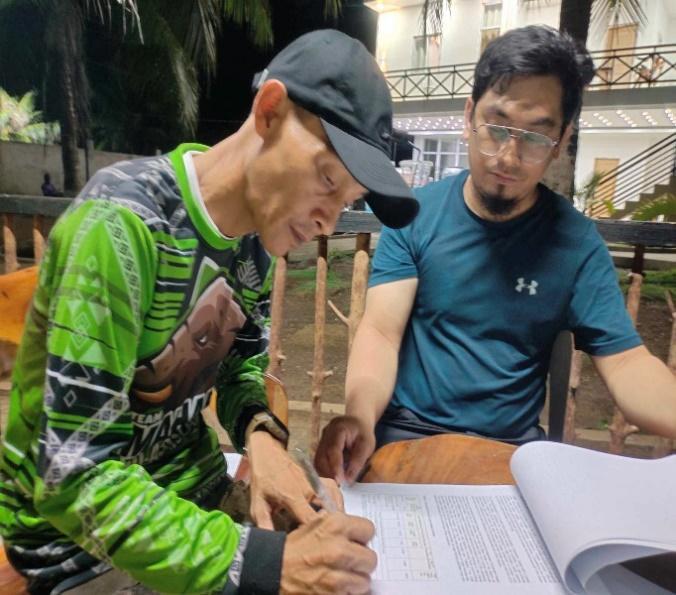
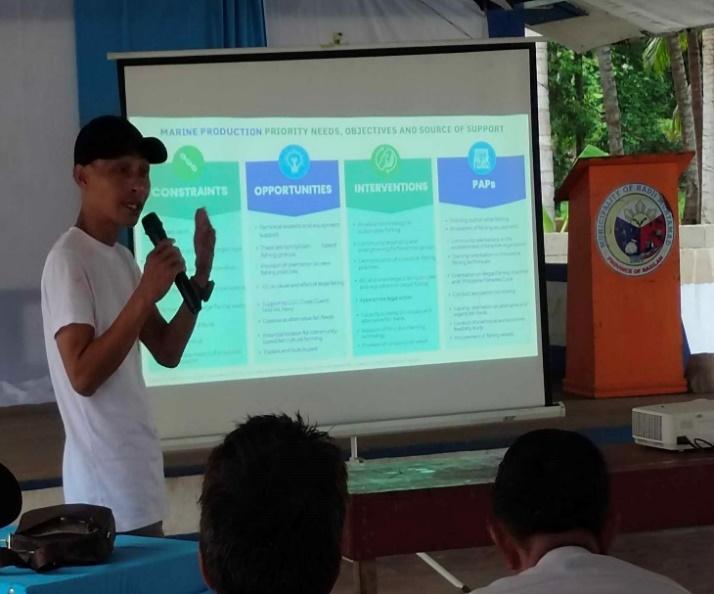
HADJI Muhtamad IP Mandatory Representative, Maharadja Elvin F. Gadja affixes his signature on the ADAIF and presents the said document on behalf of the Sama Bangingis tribe, at the Pilas Island, Basilan, on August 1, 2024. The said document will guide MIADP in the enterprise and infrastructure project implementation helping both the Pilas Women’s Association and their fishermen-husbands. Also shown is Les Sakiron, MIADP TSP-Area Coordinator for BARMM.

The fishing village of the Sama Bangingi community in Pilas Island, Basilan. PHOTO: CKM File
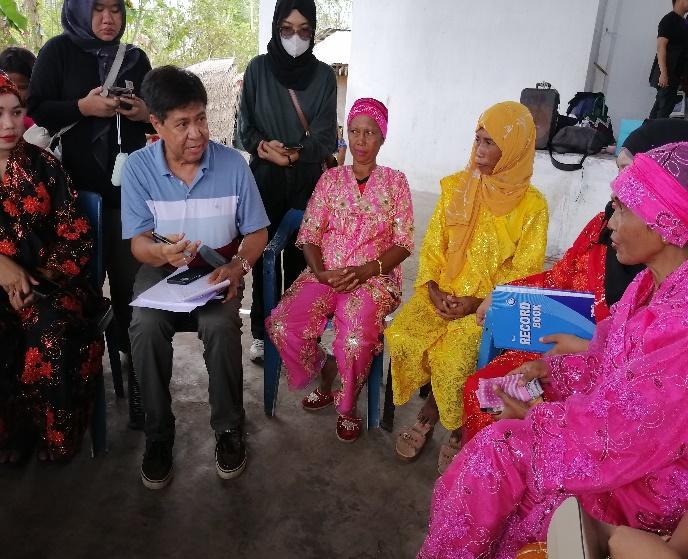

Herman Ongkiko and Les Sakiron from the Orient Integrated Development Consultants, Inc. (OIDCI) assist in facilitating focus group discussion and community mapping in the ADAIF formulation for the Sama Bangingi IP community in Pilas Island, Basilan. PHOTOS: Julius Placer

The Pilas Women’s Association at the Community Assembly the PSO, TSP, and MIADP-BARMM DA Provincial team. PHOTO: CKM File
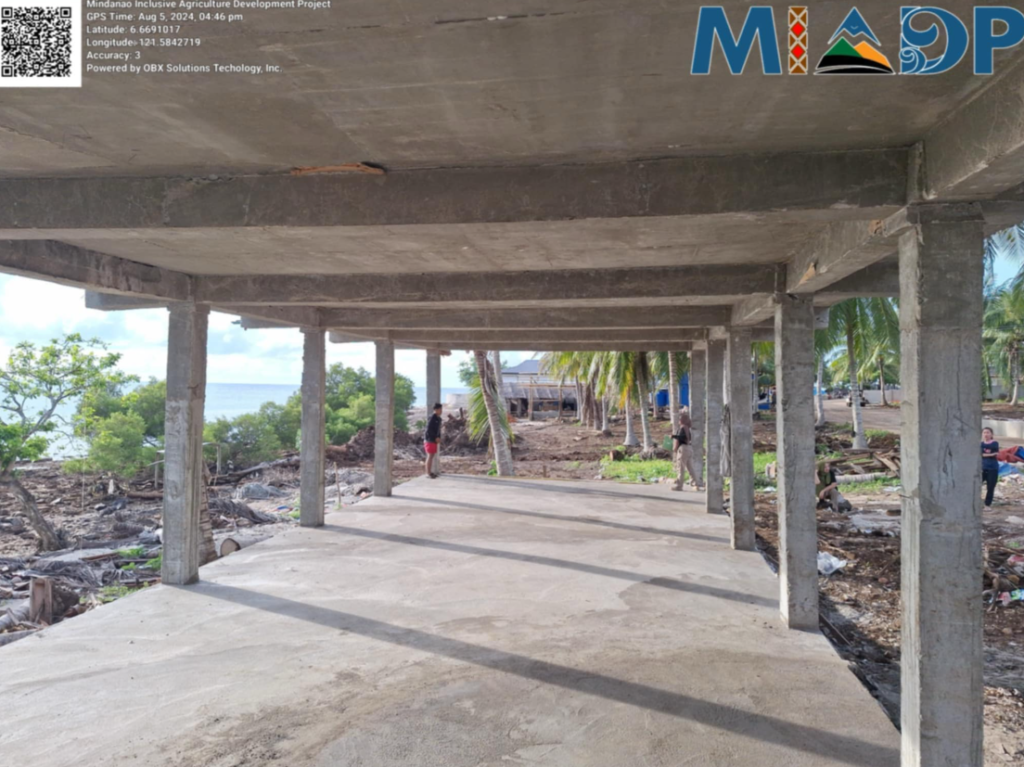
Consolidation Area, Barangay Tausan, Hadji Muhtamad. PHOTO: MIADP-BARMM
References
Ancestral Domain Sustainable and Protection Plan, 2024. Sama Bangingi ICC
Ancestral Domain Agriculture Implementation Framework (ADAIF), 2024
Balangigi. Retrieved 09 August 2024 from http://www.ethnicgroupsphilippines.com
Community-based Monitoring System (CBMS, 2022)
CKMS File, 2024
MIADP facts. Retrieved 09 August 2024 from https://www.da.gov.ph
Sakiron, L. Interviews (Murad, N. & Gadja, E., 1 August 2024)
